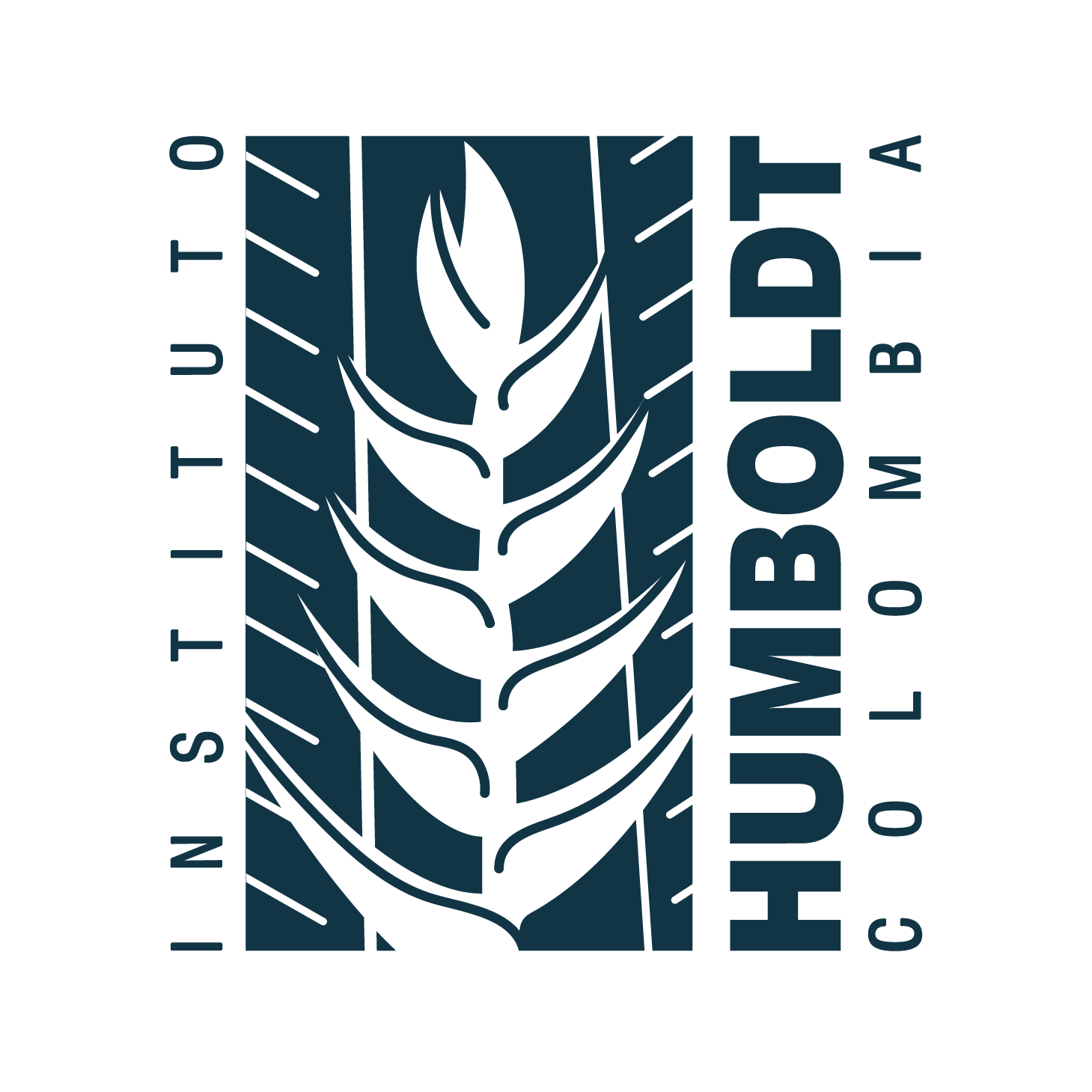Publicación: Trophic status and community structure of microphytoplankton in a sector of the Gulf of Guayaquil, Ecuador
| dc.creator | Troccoli-Ghinaglia, Luis | |
| dc.creator | Prado-España, Mónica | |
| dc.date | 2018-03-13 | |
| dc.date.accessioned | 2024-05-27T17:11:30Z | |
| dc.date.available | 2024-05-27T17:11:30Z | |
| dc.description | Urban growth in coastal areas has led to eutrophication, which in turn has caused the accumulation of organic in the estuarine system of the gulf of Guayaquil. In this scenario trophic status was determined using the Karydis index in three zones established according to hydrographic affinity one mile from the coastal margin of the province of El Oro. Additionally, multivariate analysis were developed to establish the relationship between micro-phytoplankton and physical and chemical variables. Significant differences in trophic levels and community structure were found in each zone. Zone A (Jambelí channel), had the highest trophic index, nitrate (3.8) and silicate (4.9), and lowest salinity, dissolved oxygen, and transparency; zone B (coastal marine exchange area), the one with the greatest oceanic influence, had medium trophic levels (nitrate: 3.4 and silicate: 4.6); zone C (Puná island), had the highest salinity and lowest trophic indexes (3.2 nitrate and 4.3 silicate). The representative species in zone A were: Nitzschia longissima, Skeletonema costatum, and Pseudonitzschia delicatissima; zone B: P. delicatissima, Guinardia striata, and Leptocylindrus danicus ; zone C: Paralia sulcata, Thalassionema nitzschioides, and S. costatum. The study area was determined as mesotrophic. However, zone A presented the highest trophic level, probably due to a greater influence from human activities. | en-US |
| dc.description | El incremento urbano en zonas costeras ha conducido a la eutrofización, cuya acumulación de residuos orgánicosha afectado también al estuario del golfo de Guayaquil; por ello, se determinó el estado trófico utilizando el índiceKarydis, a una milla del margen costero de la provincia de El Oro, en tres zonas establecidas según la afinidadhidrográfica. Además, se realizaron análisis multivariados para establecer la relación entre el microfitoplanctony las variables físico-químicas. Se evidenciaron diferencias significativas en niveles tróficos y estructuracomunitaria por zonas. La zona A (canal de Jambelí), mostró mayor índice trófico, nitrato (3.8) y silicato (4.9),con menor salinidad, oxígeno disuelto y transparencia; la zona B (área de intercambio marino-costera), conmayor influencia oceánica, presentó valores tróficos medios (nitrato: 3.4 y silicato: 4.6) y la zona C (isla Puná),mostró mayor salinidad y los menores índices tróficos (3.2 de nitrato y 4.3 silicato). Las especies representativasfueron en la zona A Nitzschia longissima, Skeletonema costatum y Pseudonitzschia delicatissima; en la zonaB: P. delicatissima, Guinardia striata y Leptocylindrus danicus, y la zona C Paralia sulcata, Thalassionemanitzschioides y S. costatum. Se determinó que el área de estudio es mesotrófica, no obstante, la zona A, presentóel mayor nivel trófico, debido probablemente a una mayor influencia de actividades humanas. | es-ES |
| dc.format | application/pdf | |
| dc.identifier | https://revistas.humboldt.org.co/index.php/biota/article/view/498 | |
| dc.identifier | 10.21068/c2017.v18n02a09 | |
| dc.identifier.uri | https://hdl.handle.net/20.500.11761/36731 | |
| dc.language | spa | |
| dc.publisher | Instituto de Investigación de Recursos Biológicos Alexander Von Humboldt | es-ES |
| dc.relation | https://revistas.humboldt.org.co/index.php/biota/article/view/498/485 | |
| dc.rights | Derechos de autor 2018 Instituto de Investigación de Recursos Biológicos Alexander Von Humboldt | es-ES |
| dc.source | Biota Colombiana; Vol. 18 No. 2 (2017); 145-163 | en-US |
| dc.source | Biota Colombiana; Vol. 18 Núm. 2 (2017); 145-163 | es-ES |
| dc.source | 2539-200X | |
| dc.source | 0124-5376 | |
| dc.subject | Estuary | en-US |
| dc.subject | Eutrophication | en-US |
| dc.subject | Karydis index | en-US |
| dc.subject | Mesotrophic | en-US |
| dc.subject | Multivariate analysis | en-US |
| dc.subject | Análisis multivariado | es-ES |
| dc.subject | Estuario | es-ES |
| dc.subject | Eutrofización | es-ES |
| dc.subject | Índice Karydis | es-ES |
| dc.subject | Mesotrófico | es-ES |
| dc.title | Trophic status and community structure of microphytoplankton in a sector of the Gulf of Guayaquil, Ecuador | en-US |
| dc.title | Estado trófico y estructura comunitaria del microfitoplancton en un sector del golfo de Guayaquil, Ecuador | es-ES |
| dc.type | info:eu-repo/semantics/article | |
| dc.type | info:eu-repo/semantics/publishedVersion | |
| dc.type | Artículo evaluado por pares | es-ES |
| dc.type | Investigación descriptiva; Investigación de campo; Investigación cuantitativa | es-ES |
| dspace.entity.type | Publication |

